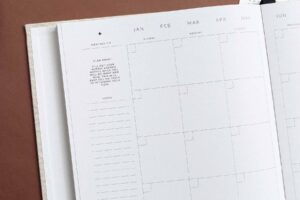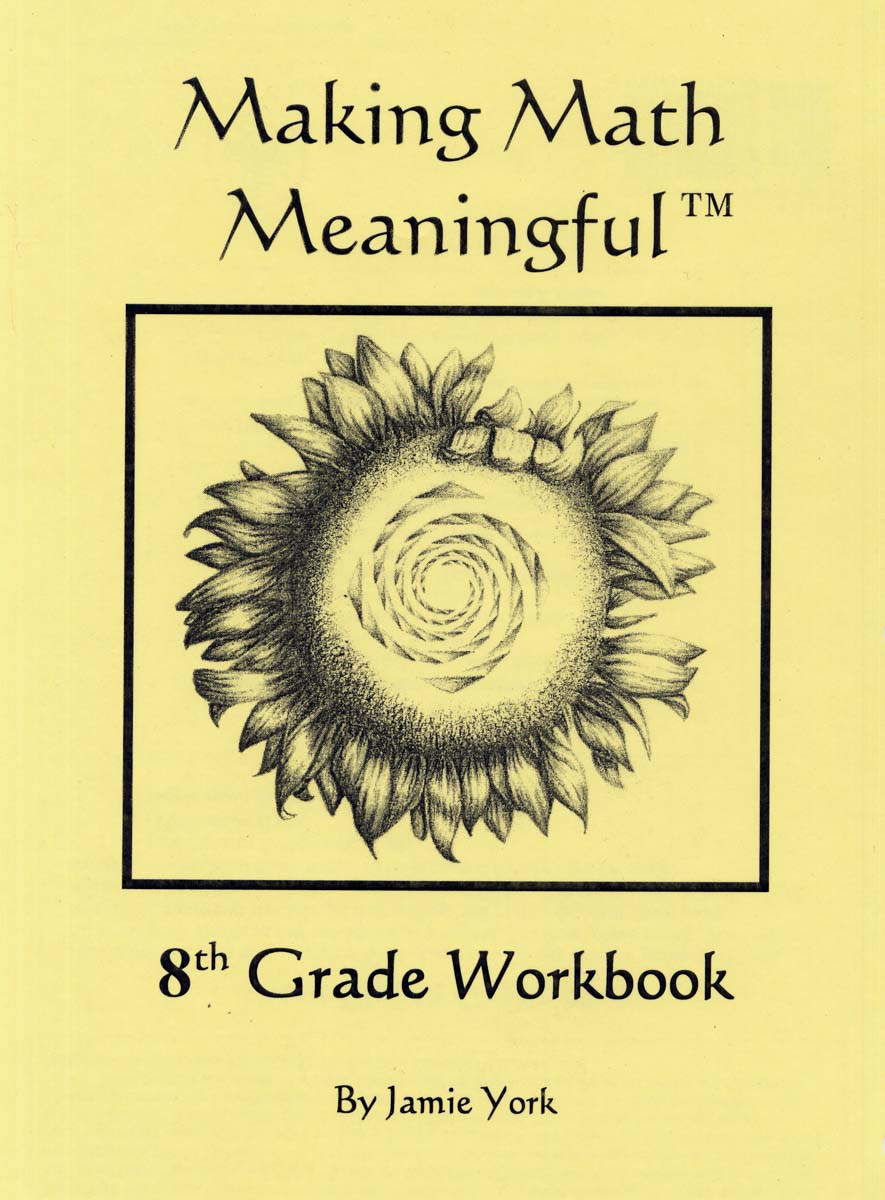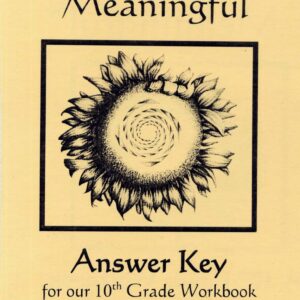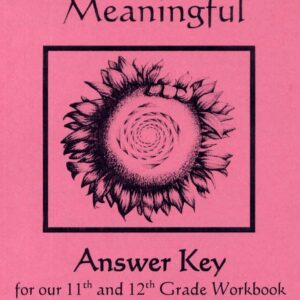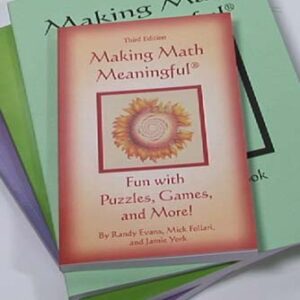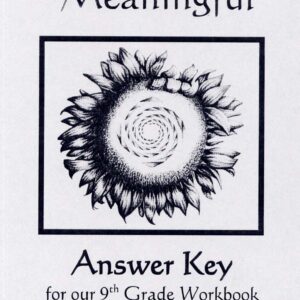Description
Our Making Math Meaningful™ workbooks are specifically designed to lead the students along a path of discovery. The teacher needs to carefully guide the students along this path. The problems contained in these workbooks are NOT randomly ordered or selected. They are chosen to promote the development of mathematical thinking in a very conscious way. As teachers of math, our most important task is to develop mathematical thinking in our students. This thinking needs to be flexible and creative.
Who can use this workbook? Most of the author’s teaching experience is within the Waldorf school system. Yet this workbook can be effectively used by any teacher or homeschooling parent who wishes to teach meaningful, age-appropriate math.
Eighth grade – the last year before high school. Developmentally, the students are on an emotional rollercoaster, but their natural interest in mathematics is beginning to peak. The eighth grader can easily get frustrated, yet working through frustration teaches determination and builds confidence. They need to be challenged, and the topics in this workbook do exactly that! Instead of the teacher giving all of the rules and laws to the students, the Group Sheets lead them to discover much of this for themselves. Although this workbook will help to strengthen math skills, the real focus is on developing higher-level mathematical thinking. And remember, enthusiasm for learning is one of the greatest gifts that a teacher can give to students.
Solutions! This teacher’s edition now includes step-by-step solutions to the more challenging problems. These are found at the back of the book.
Group Sheets. I teach math in grades six through twelve. As the students get older, I feel I should explain less and less. In seventh grade, I start having students work together in groups, largely to get questions answered about their homework. In this eighth grade workbook, I have taken it a step further – there are sheets specifically designed for working in groups. Every unit has a few Group Sheets for students to work on in class. Generally, the Group Sheets have harder problems, and learning by discovery is encouraged. It is important for the teacher to carefully choose the groups in order to ensure that they work well together.
Carefully choose your assignments. Much of the material found in this workbook is quite challenging. The teacher’s job is a balancing act – challenging the students, yet making sure they are not overwhelmed. Assigning all of the problems from a given sheet is often not the best practice. Instead, the teacher should first carefully read through a given sheet, and then decide which problems to assign, which ones to leave out, and which ones to leave as challenge problems. One method is to assign “normal” problems (which everyone is expected to do), “red” problems (the challenging problems that only certain students are required to do), and “green” problems (the more basic problems that aren’t required for those students doing the “red” problems).
The seven units in this workbook are:
- Number Bases. This unit is a wonderful way to challenge students and develop real mathematical thinking. Number bases can be part of a main lesson.
- Pythagorean Theorem. Building upon what was begun in seventh grade, this relatively brief unit thoroughly explores the Pythagorean Theorem. It works with the square root algorithm, which should be introduced before beginning the worksheets in this unit.
- Mensuration. “Mensuration” means the study of measurement. In eighth grade, we focus on areas and volumes. Mensuration can be part of a main lesson.
- Percents & Growth. I introduce percents in sixth grade, cover the basics in seventh grade, and then to go into depth in eighth grade. If done well, the students will enter high school having a firm grasp of percents.
- Proportions and Dimensional Analysis. This is the most challenging unit in the book. It builds upon what was introduced during the Measurement unit and Ratios unit in seventh grade. Dimensional Analysis consists mostly of changing units (e.g., “58 pounds is how many kilograms?”). This unit also includes the topics of Density and Rates. There are a few questions that involve Archimedes’ principle, which ought to be covered in the physics main lesson before beginning this unit.
- Algebra. This brief, but important unit can be covered in just three weeks. It is largely a review of what was introduced in the seventh grade Algebra main lesson. Since this unit is so short, and since it is intended to make students practice their algebra skills, it does not include any Group Sheets. In this unit, I expect the work to be done in a very particular manner. With other topics, I encourage students to do the work in their head as much as possible. However, with algebra, I want them to show all of the steps, even if the answer may be immediately obvious to them. This is important so that the students can develop good form and organization skills that will be needed when they study algebra in high school.
- End-of-Year Review. In my sixth and seventh grade workbooks, review is woven into the assignments throughout the year. However, in this eighth grade workbook, review is done at the end of the year. This end-of-year review does not include number bases (since this is not needed for high school) or algebra (since it was just covered in the previous unit).





